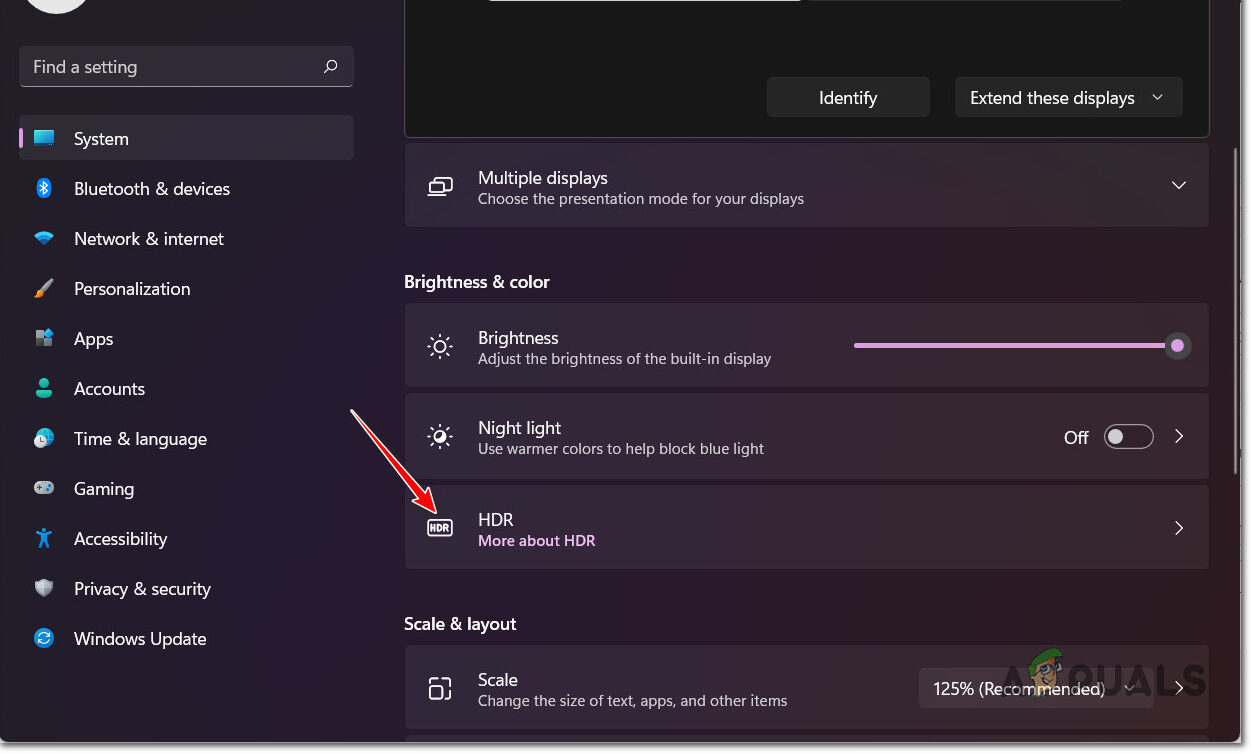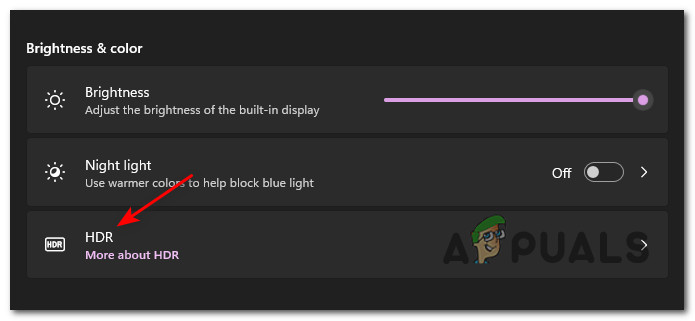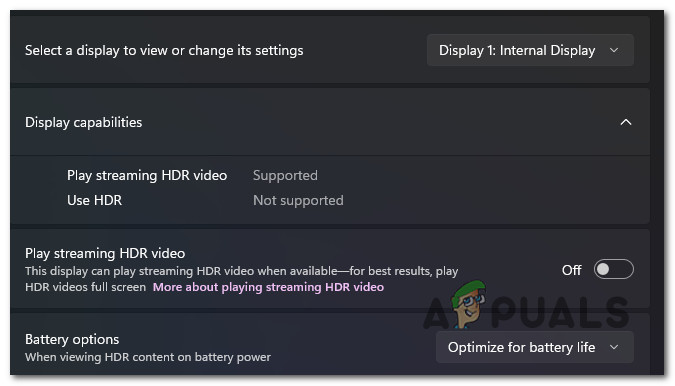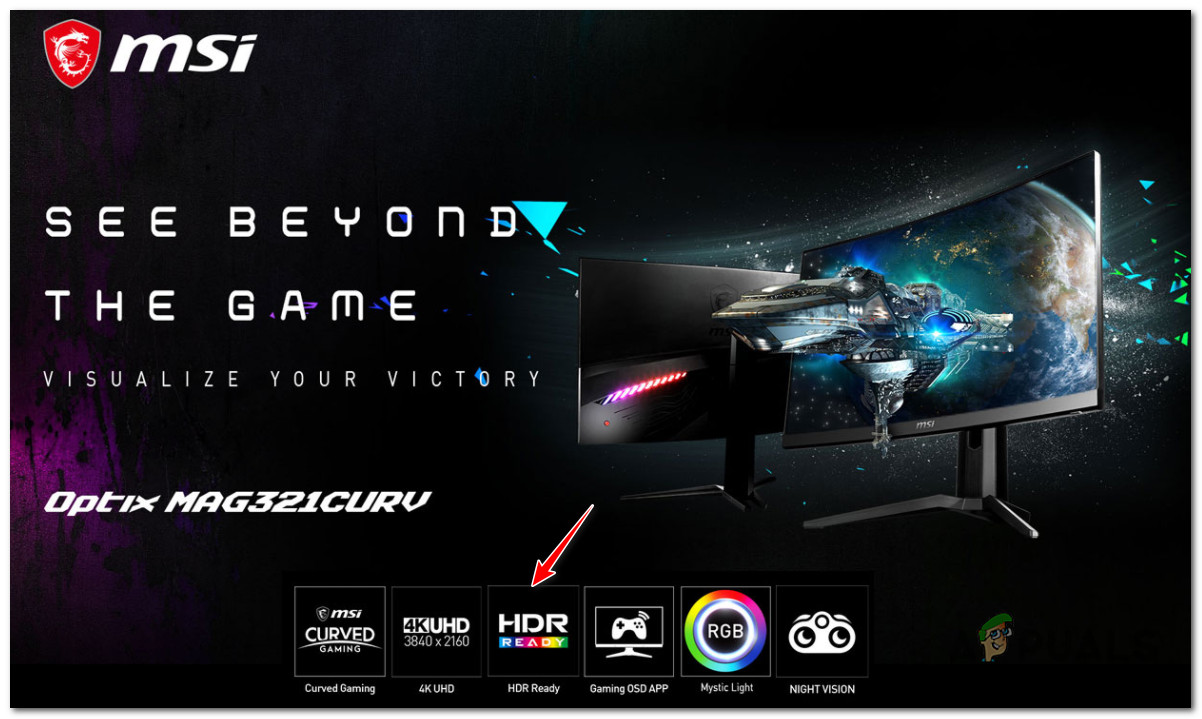Checking if HDR is supported on your Windows 11 computer
What is Windows HD Color?
Windows 11 facilitates HDR (High Dynamic Range) content via a collection of features bundled together (for marketing purposes) as Windows HD Color. By enabling HDR via Windows HDR Color, you’re essentially giving your display access to better brightness and better color capabilities. If you’re already used to HDR, the differences might not stand out that much. But try comparing the colors and brightness on an HDR-enabled display with a legacy SDR (Standard Dynamic Range). You don’t need to be a videophile to notice how the bright and dark parts of a scene (movie or game) include more details and features much more realistic shadows. The difference is huge, and the quality of the image will be even better if you use a display with a true HDR10 display. However, you can still play the HDR content on Windows 11 on many non-HDR laptops as well (as you’ll see below).
How to check if HDR is supported on your Windows 11 PC
Now that we went over what HDR is, follow the instructions below to verify if your current PC configuration has support for HDR on Windows 11: Under Display capabilities, you will see if Play streaming HDR video is ‘Supported’ or ‘Not supported’ Here’s what it means:|
Use HDR is supported – This display supports HDR10.Use HDR is Not supported – The display is missing one or more requirements for HDR10.PlayStreaming HDR video is supported – The display can play streaming HDR video when available.
HDR Requirements for Windows 11
Now that we have gone over how you can check to see if your current display supports HDR playback on Windows 11, let’s go over the built-in display requirements for true HDR playback. The requirements will vary depending on if you’re using a built-in display (laptop screen) or you have connected an external display.
Built-in display HDR Requirements
In order to be able to play true high dynamic range (HDR) content on Windows 11, the display of your laptop, tablet, or two-in-one PC needs to officially support HDR. Manufacturers will typically let you know if a device is HDR capable by including an HDR-Ready icon on the box that it came in and in their marketing materials. Note: Additionally, you can visit the manufacturer’s website to see if your display is HDR-ready. Here are the HDR requirements for built-in displays on Windows 11:
The Windows 11 PC that’s handling the rendering needs to have an integrated or dedicated graphics card that supports PlayReady hardware digital right management. The Windows 11 PC needs to have the required codecs required for 10-bit Video decoding. This shouldn’t be a problem since the vast majority of devices with modern processors support these codecs and the required for them will get installed and maintained automatically by Windows Update.The built-in display needs to have a resolution of at least 1080P and a max brightness of at least 300 nits.
External Display HDR Requirements
In order to facilitate high dynamic range (HDR) on Windows 11, your external display needs to be HDR-Ready. You can check if this is the case by checking the box it came in for the HDR-ready box or by checking the official manufacturer’s website. Here are the HDR requirements for external displays on Windows 11:
The external display needs to support HDR10The external display needs to feature DisplayPort (1.4 ver) or HDMI 2.0 or higher. If it has a DisplayPort, ensure that it’s DisplayHDR certified.Your Windows 11 PC needs to have an integrated or dedicated graphics card that supports PlayReady digital rights management (only used for protected HDR content).The external display needs to have access to a series of required codecs needed for video recording – This shouldn’t be a problem with most modern processors as Windows Update installed and maintain these codes automatically.The external display needs to be able to leverage the latest graphics drivers (WDDM) installed on your Windows PC.
IMPORTANT: Some videos might also require you to install HEVC, AV1, AP9. All of these can be obtained from the Microsoft Store via HEVC Video Extensions, VP9 Video Extensions, and AV1 Video Extension. This is applicable to both built-in displays and external displays.
How To Play Games In HDR On Windows 10How to Enable or Disable Auto HDR on Games on Windows 11Nvidia RTX 2080 vs GTX 1080 Gaming Benchmarks: 4K 60Hz HDR Gaming Out Of Box, Up…Fix: Black Screen HDR After Adjusting Volume





